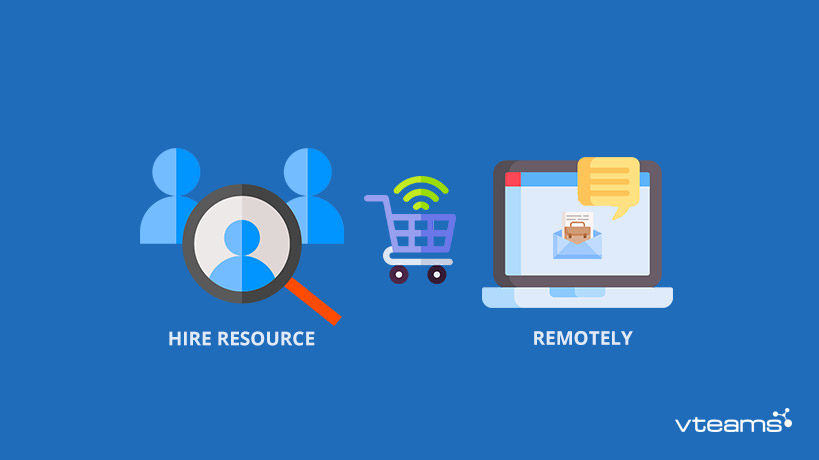
You can see who made changes in the code, review the differences between commits, and navigate through the project history. This allows you to trace project changes right on the thin client when developing remotely. We’ve made it possible to view VCS annotations from the gutter menu in the JetBrains Client. View VCS annotations when developing remotely

Remote development is available for free. These two components are then connected via SSH, giving you a fluid local experience while the remote server handles all the heavy lifting. At the same time, a thin client is running locally and provides a working UI. The IDE itself is installed as a backend service on a remote server, where it loads a project. In essence, it splits your IDE into local and remote components.

Remote development was introduced last year in WebStorm. Below you can find the most notable improvements for remote development we’re introducing in WebStorm 2022.2. If you’ve missed the news, you can learn more about it here. In this release, WebStorm features built-in support for remote development, under the Beta label. We’d like to thank everyone who has tried the EAP builds and shared their feedback with us! If you’re among those who have tried them but haven’t had a chance to respond yet, please do.

To catch up on what has already been implemented, check out our previous EAP blog posts.
WEBSTORM REMOTE DEVELOPMENT UPGRADE
WebStorm 2022.2 has reached the Beta milestone! You can upgrade to the latest build using the Toolbox App or from our website.


 0 kommentar(er)
0 kommentar(er)
